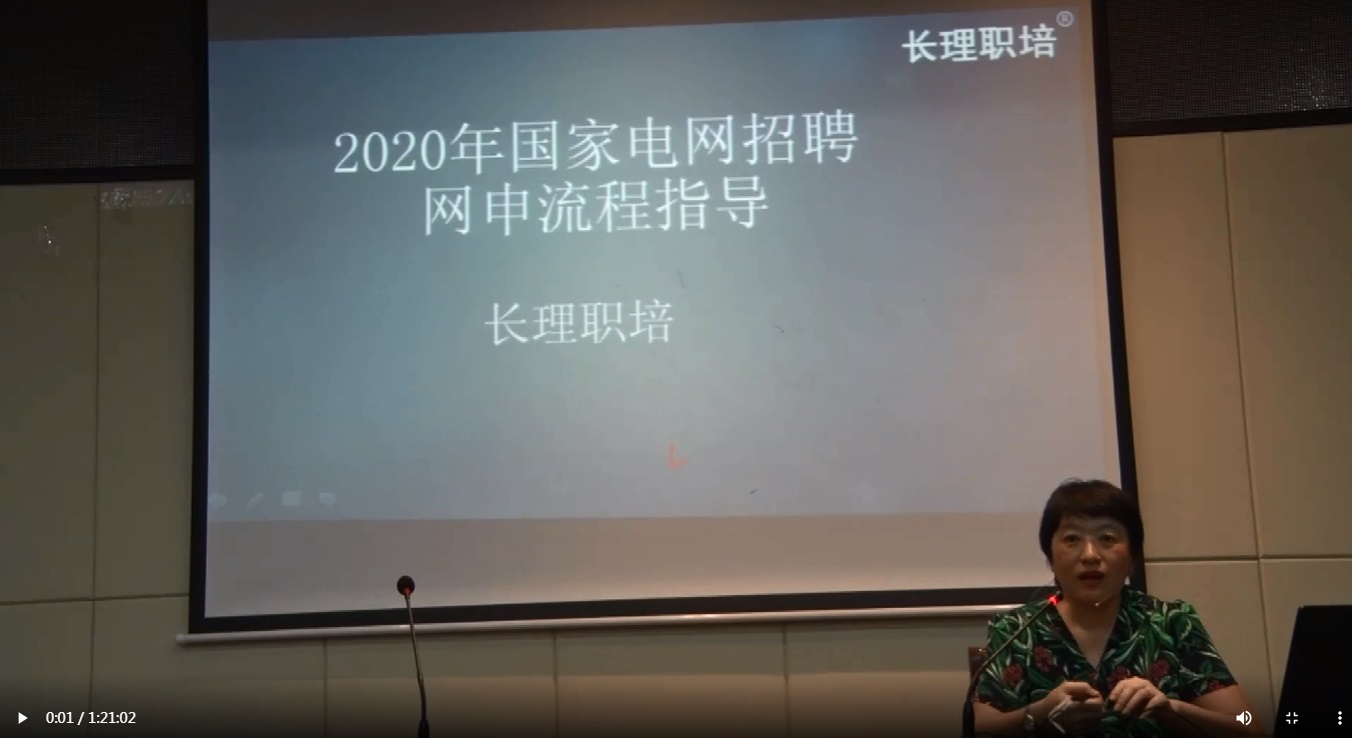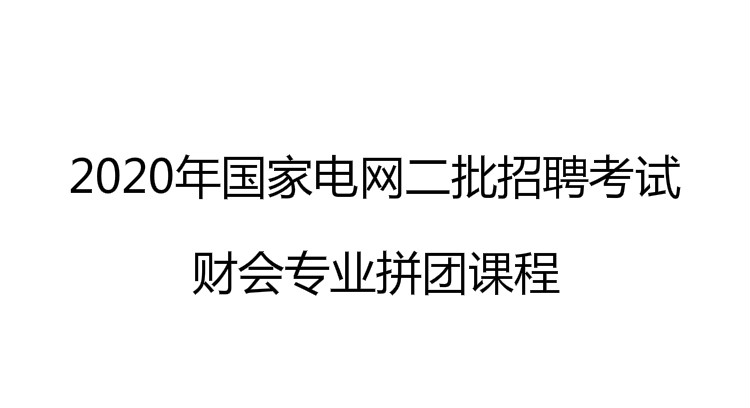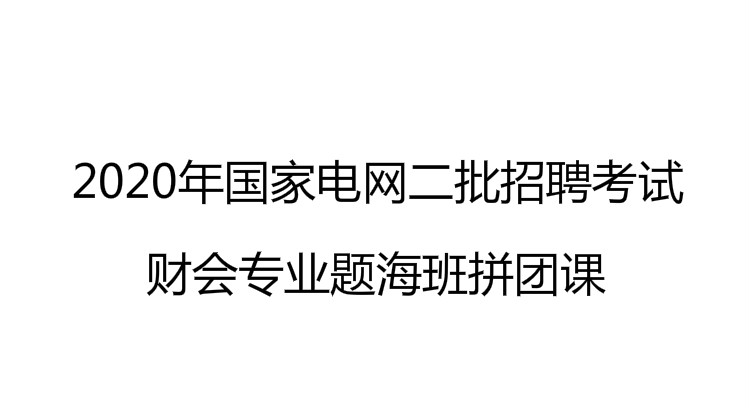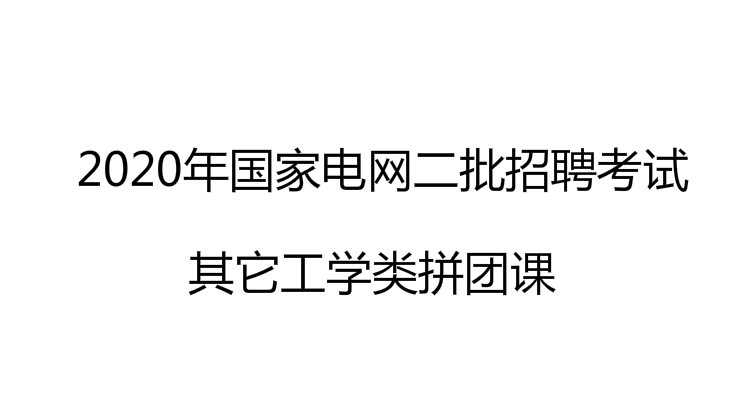A San Francisco museum tackles art’s Instagram dilemma
旧金山博物馆解决了艺术空间的拍照发圈困境
A WOMAN CLUTCHED HER PHONE TO HER heart, the way a missionary might hold a Bible.
一个女人把手机拿在胸前,就像传教士拿着《圣经》那样。
She was anxious to take a picture of a stunning bouquet of flowers that sat not 10 ft. away,
她急着想拍张她面前10英尺(约3米)外的一束非常漂亮的花,
but first she had to get through a crowd of others jostling to do the same.
但首先,她必须穿过一群争先恐后和她有着同样心思的人群。
The cause of this recent frenzy was Bouquets to Art, one of the most popular annual events at the de Young Museum in San Francisco.
引发最近这一狂潮的是“从鲜花到艺术”展览,旧金山狄杨博物馆一年一度最受 欢迎的展览之一。
For the 34th year, florists were asked to create bouquets that respond to pieces of art on display, from ancient carvings to contemporary sculptures.
在第34届展览上,花艺师们被要求制作能够呼应展出的艺术作品的花束,无论是古代的雕刻作品,还是当代的雕塑。
A tower of baby's breath imitates a frothy waterfall in a nearby painting by Gustav Grunewald.
一座婴儿气息塔模仿的是旁边的古斯塔夫·格鲁内瓦尔德画作中的瀑布。
Red flamingo flowers and neon blue sticks echo a surreal portrait of a woman by Salvador Dalí.
火鹤花和霓虹蓝树枝呼应的是萨尔瓦多·达利的超现实主义女子画像。
It's entrancing and also extremely Instagrammable, to the point that it has become a problem.
这一展览确实精彩夺目,用来发朋友圈再好不过了,以致于这种趋势已经成为了展览的一个问题。
In recent years, the de Young received more than a thousand complaints from people who felt that cell phones had tainted their experience of the exhibit.
近年来,狄杨博物馆收到了一千多例投诉,投诉者们纷纷称手机已经污染了他们的看展体验。
Institutions of fine art around the world face similar problems
世界各地的艺术机构都面临着类似的问题,
as the desire to take photographs becomes a huge draw for museums as well as something that upsets some of their patrons.
因为拍照的欲望成了一些人去博物馆的巨大动力,也成了另外一些老顾客心烦的原因。
So the de Young responded with a kind of compromise:
于是,狄杨博物馆采取了一个中间办法:
carving out "photo free" hours during the exhibition's six-day run (which is short because of flowers' perishable nature).
在展览的六天时间(因为鲜花容易枯萎,所以展览时间很短)里抽出“无拍照”时间。
One common complaint in the ongoing debates over the effect of social media on museum culture
目前,针对社交媒体对博物馆文化的影响展开的辩论中一个普遍的怨言
is that people seem to be missing out on experiences because they are so busy collecting evidence of them.
是人们似乎错过了体验,因为大家都在忙着收集他们到过博物馆的证据。
An oft-cited study published in the journal Psychological Science suggests there is some truth to this;
一项发表在《心理科学》杂志上,后来被反复引用的研究表明,此话并非没有道理;
it found that people who took photos of an exhibit rather than simply observing it had a harder time remembering what they saw.
该研究发现,那些看展时拍照片而不是单纯地欣赏展览作品的人很难记住他们看过什么。
But the issue is complicated for the professionals running museums.
然而,对于经营博物馆的专业人士来说,这个问题并不简单。
Linda Butler, the de Young's head of marketing, communications and visitor experience, acknowledges that not everyone wants a museum to be "a selfie playland."
德杨的市场营销,传播和访客体验负责人琳达·巴特勒承认,并非所有人都希望博物馆成为“自拍乐园”。
Yet a lot of other people do,
然而,还是有很多人希望如此,
and her take is that the de Young is in no position to assert that one motivation for buying a $28 ticket is more valid than another.
她的理解是,笛扬博物馆没有资格断定购买28美元门票的一种动机比另一种动机更正当。
If we removed social media and photography, she says, "we would risk becoming irrelevant."
“如果我们拿掉社交媒体和拍照,”她说,“我们就将面临变得无关紧要的风险。”
If this is a battle, signs indicate that the pro-phone crowd has already won.
如果这是一场战斗,迹象表明,亲手机人群已经赢得了这场战争。
On this visit to the museum, most people seemed to treat the photo bonanza as the new normal.
这次去参观博物馆时,大多数人似乎都将拍到好照片当成了新常态。
Many politely waited their turn and got out of other people's shots, even as visitors bumped into each other in cramped galleries.
很多人都会礼貌地等他们拍照的机会,并且礼貌地避开他人的镜头,即使访客在狭窄的画廊中碰撞到彼此。
Morgan Holzer, a millennial who was surprised by the furor,
摩根·霍尔泽,一位对这种愤怒感到十分惊讶的千禧一代,
said that as she approached bouquets to read their labels, she found herself holding up the process.
说当她走近花束去看它们的标签时,她注意到自己妨碍了别人拍照。
But rather than expressing frustration about this awkwardness,
但她并没有对这种尴尬表示失望,
she said she felt guilty, as if she were the one defying convention.
她反而觉得自己很内疚,好像自己很特立独行一样。
"I felt bad blocking everyone's photo," she said.
“妨碍别人拍照的时候我会觉得很不好意思,”她说。
编辑推荐:

温馨提示:因考试政策、内容不断变化与调整,长理培训网站提供的以上信息仅供参考,如有异议,请考生以权威部门公布的内容为准! (责任编辑:长理培训)






















点击加载更多评论>>